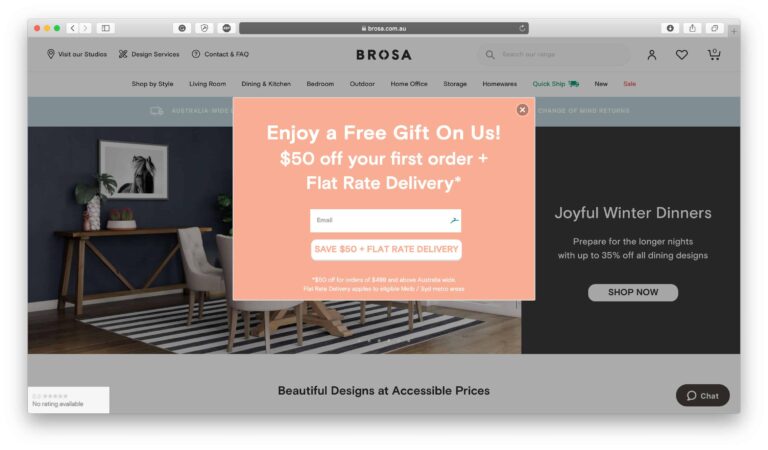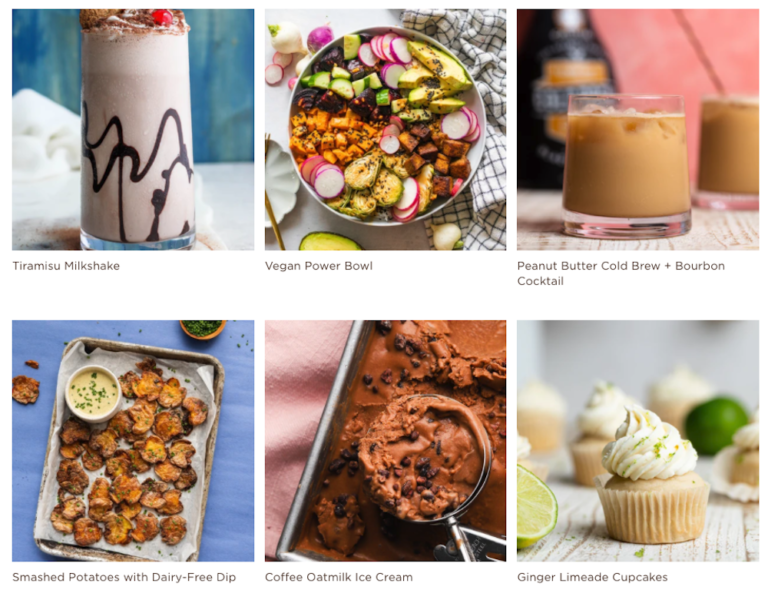
The beauty industry is getting a digital makeover, according to eMarketer’s new report, US Beauty E-Commerce 2022: How to Win Over Gen Z and the Ever-Evolving Online Shopper. That’s because the online trends and habits consumers formed during 2020 (e.g., prioritizing health and wellness or choosing comfort and convenience over style) haven’t returned to their pre-pandemic ways.
Instead, they’re giving way to a new era for the beauty industry in which online shopping, social media trends and emerging tech (e.g., augmented reality (AR)) are the keys to winning among Gen Z and the ever-evolving online shopper.
This year, US cosmetics and beauty retail e-commerce sales will more than double 2019’s figures. That means it’s now or never for brands to adapt as more spending moves online and e-commerce grows to account for a third of the category’s sales by 2026.
Four Trends Facing the Beauty Industry
The beauty industry’s digital transformation since the pandemic shows no signs of slowing down, thanks to an emerging generation of shoppers, new consumer habits and an increasingly diversified market. eMarketer reports that cosmetics and beauty will be one of the fastest-growing e-commerce categories in 2022 and will rank above average in four of the next five years. Beauty brands and retailers can expect four key trends over the next few years:
Continued Emphasis on Health and Well-Being
The pandemic gave consumers time and space to reconsider their lifestyles and what counts as “beauty,” creating a flood of healthier eating trends, a focus on mental health and a return to self-care. These trends have greatly impacted the beauty category, as more consumers are trading sprays and color cosmetics for hair care and skin care.
Greater Gen Z Influence
Gen Z (individuals born between 1997 and 2012) is growing up and demonstrating its influence on growing channels like TikTok with viral challenges, hair trends and makeup tutorials. Beauty brands must understand this important demographic’s preferences and tastes (both in products and channels) to grab their attention and secure a piece of their viral power.
Expanded Social Selling
Social media is paving the way for a more integrated shopping experience through tools like in-app checkout and one-click digital payments. Video is essential to beauty e-commerce, and the proliferation of smartphones has given way to more influential user-generated content and less emphasis on professionally produced clips.
New Technologies for Innovative Shopping
According to eMarketer, cosmetics offer some of the most developed use cases for AR try-ons. Brands can get in early on these emerging technologies by investing in new tools or even developing their own.
eMarketer also acknowledges that success in 2022 and beyond starts with a multichannel approach and social listening. A diversified channel approach will give brands the ability to meet consumers across a wide range of demographics in the channels they prefer, from Amazon to specialty retailers to social media.
Download the full eMarketer report, US Beauty E-Commerce 2022: How to Win Over Gen Z and the Ever-Evolving Online Shopper, for more approaching trends, insightful charts and advice for reaching a changing beauty audience.


